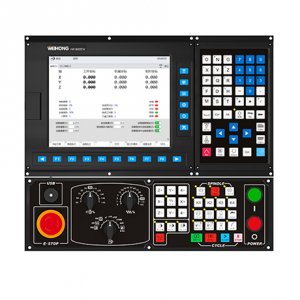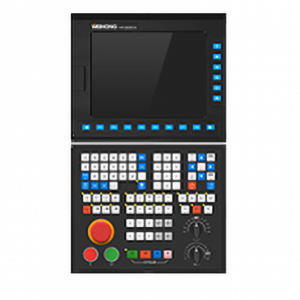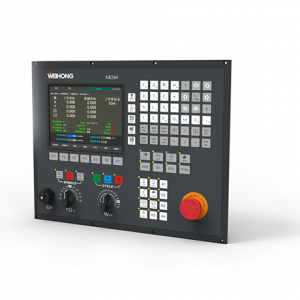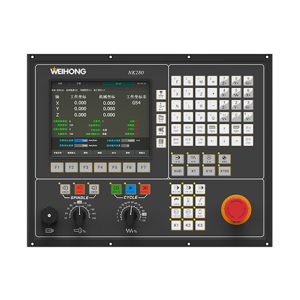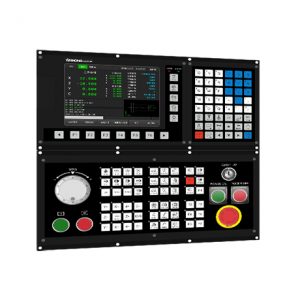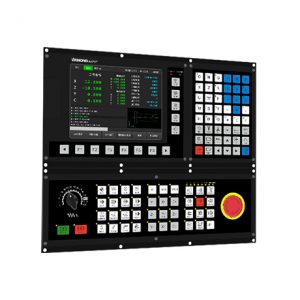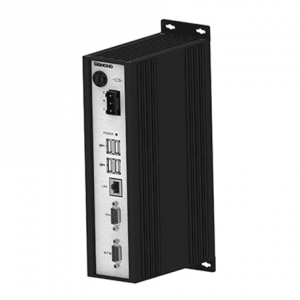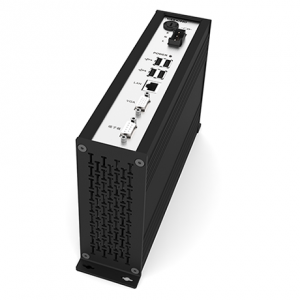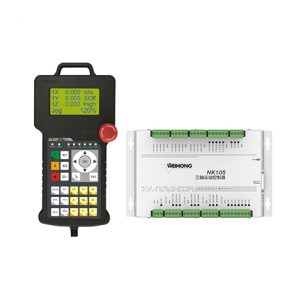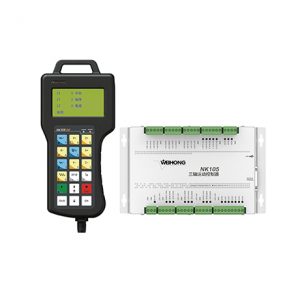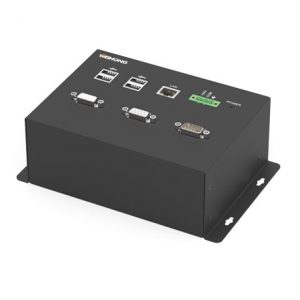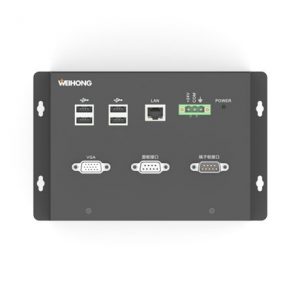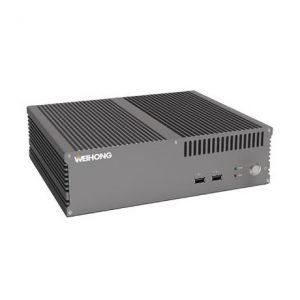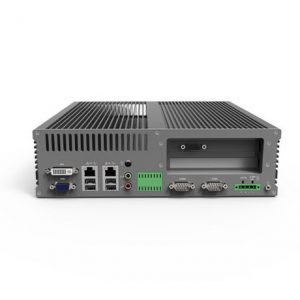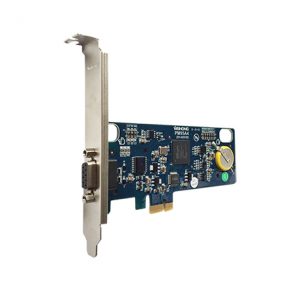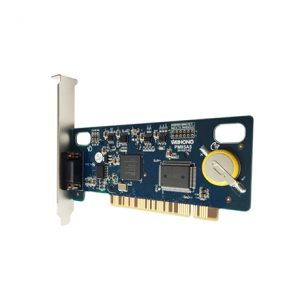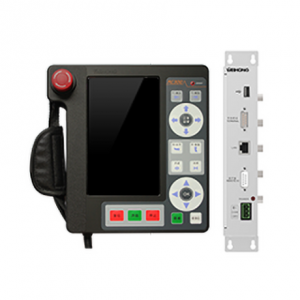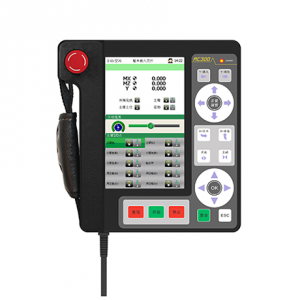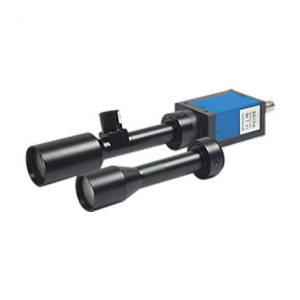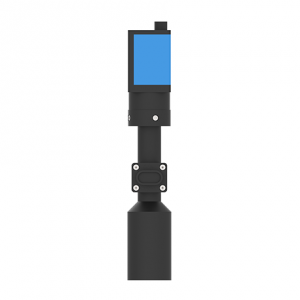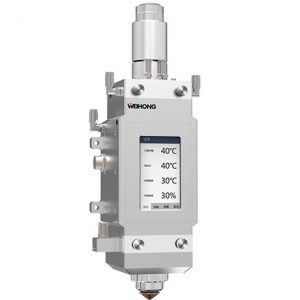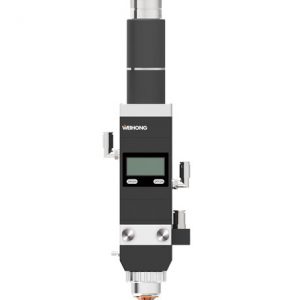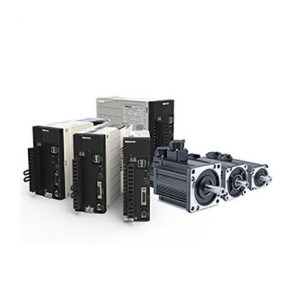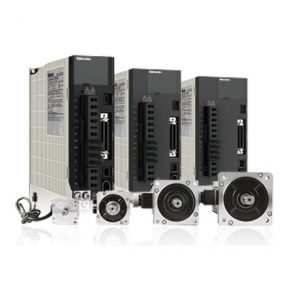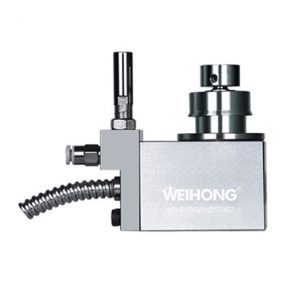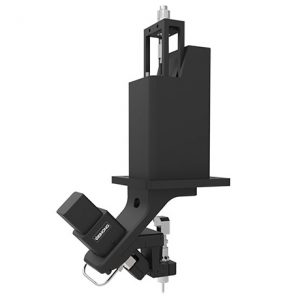Tin Tức
Financial leasing: a new financing model for manufacturing
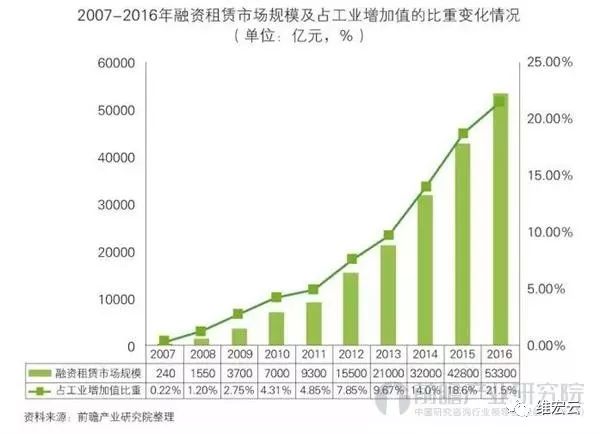
In recent years, after undergoing consolidation in 2011, China’s financial leasing industry has started to grow faster. In 2012, the overall growth rate of the industry reached 66.67%, while the growth rates of sub-sectors were around 60%, reflecting the overall acceleration of the growth of the financial leasing industry. It increased again in 2014, with the domestic leasing market growing fastest. The growth rate slowed across the board in 2016, and the overall industry growth rate was 24.53%. The yield of China’s financial leasing industry can be divided into three grades, the lower is generally 8% -9%, mainly for banking financial leasing companies, they often only make high-quality large single orders of more than 100 million yuan; mid-range 10% -13%; the higher is 15% -17% (generally small businesses, small equipment). Looking at the mid-range income level of 10% to 13%, the financing cost of leasing companies in banks is generally 6% -7%, and the gross return rate of leasing companies is 4% -6%. The guarantee fee rate is generally 2.5% -3%, less than half of the lease income.
Relatively speaking, the profitability of China’s financial leasing industry has increased significantly in recent years. In 2015, China’s financial leasing industry realized a net profit of 23.443 billion yuan. From 2008 to 2015, the net profit of China’s financial leasing industry increased from 1.069 billion yuan to 23.443 billion yuan, with an average annual growth rate of 60.1%. In the first three quarters of 2016, the net profit of China’s financial leasing industry reached 18.225 billion yuan. Financial leasing has become one of the main sales models in the fields of civil aviation, ships, public utilities, medical treatment, and heavy machinery. It is reported that in the European and American markets, 60% of the sales of machine tools are completed through financial leasing, while only 20% to 30% of them are made in China. Among them, domestic machine tools are mainly used. Mainly due to the high cost of incomplete supporting services. In China, the machine tool leasing business of Shenji Group has been under development for many years, and related business entities have been established for it. However, many small and medium-sized machine tool companies have not yet carried out such large-scale and professional financial leasing services, and more of them are “prime installment” methods in their original budding state.
I. Common
Leasing Models There are many types of finance leases. Among them, the machine tool field is common:
Mode 1: Simple finance lease.
Simple finance lease means that the lessee selects the lease item that needs to be purchased. The leased items are leased to the lessee after evaluation. The tenant has no ownership but enjoys the right to use the entire lease period and is responsible for repairing and maintaining the leased items. The lessor is not responsible for the quality of the leased items, and the equipment is depreciated on the lessee’s side.
Mode 2: Leveraged finance leases
Leveraged leases are similar to syndicated loans. They are a kind of tax-learning finance lease that specializes in large-scale lease projects. It is mainly led by a leasing company as the backbone company to finance a large-scale lease project. First set up an operating agency that is detached from the main body of the leasing company-specifically to provide a fund management company for the project to provide more than 20% of the total amount of the project, and the rest of the source of funds is mainly to absorb bank and social idle money, and use 100% to enjoy low taxes The advantage of “using two Bo Ba” leverage to obtain huge funds for leasing projects.
Model 3: Entrusted financial lease
One way is for a person with funds or equipment to entrust a non-bank financial institution to engage in a financial lease. The first lessor is also the client and the second lessor is also the trustee. The lessor accepts the client’s funds or leases the subject matter and, according to the written entrustment of the client, handles the financial lease business with the lessee designated by the client.
Mode 4: Project finance lease The
lessee guarantees the property and benefits of the project and signs a project finance lease contract with the lessor. The lessor has no recourse for the property and income other than the lessee’s project. The rent can only be collected on the basis of The cash flow and benefits of the project are determined. Manufacturers of rental items use this method to promote their products and increase market share.
Model 5: Sale-leaseback model
Sale-leaseback model means that the lessee signs a sale-leaseback contract with the leasing company, sells its own assets to the leasing company at a reasonable price agreed with the leasing company, and then leases it back for use. Ownership of the property belongs to the leasing company during the lease term. The leasing company pays the purchase price and collects the rent in accordance with the contract. The lease contract is completed and a certificate of ownership transfer of the leased asset is issued. The lessee takes back the ownership of the leased asset.
Model 6: Vendor leasing model
The main business processes are as follows: First, the client (equipment manufacturer) signs the business contract with the financial leasing company to transfer the lease right to the financial leasing company; second, when the equipment demander needs to lease the equipment After negotiating and reaching an agreement with the financial leasing company, the equipment manufacturer directly delivers the equipment to the demander, and the manufacturer also transfers the property rights of the equipment to the financial leasing company (also can be understood as the manufacturer renting and selling the equipment to the financial leasing company. At the same time, the manufacturer obtains equipment financing funds from the leasing company, which also provides financial guarantee for continued production in the future. Finally, the financial leasing company is responsible for collecting equipment leasing funds.
Model 7: Joint Leasing Model
Joint leasing means that a number of leasing companies with financial lease qualifications provide lease financing for the same financial lease project. Leaded by one of the leasing companies. Both the relevant sales contract and the financial lease contract are concluded by the lead person. The method is that a financial leasing company acts as the lessor to carry out the financial leasing transaction, but part of the lease financing amount comes from one or more other financial leasing companies.
2. Operation management
machine tools in financial leasing as professional equipment. After adopting the financial leasing method, due to the separation of owners, maintainers and users, it brings new challenges in risk management and after-sales service. The main manifestations are:
1. Risk management
Since the owner and investor are not users, how to prevent users from abusing the machine and operating illegally? In addition, how does the lessor judge the repayment ability and repayment risk of the user (usually the lessee)?
2.
If the after-sales service lessor is a financial institution, it generally does not have the ability to provide technical support such as later maintenance of the equipment. This work still needs to be completed by the equipment vendor. However, the tenant may not be a direct customer of the equipment supplier. How to solve the communication problem?
In order to cope with the above problems, equipment lessor companies have adopted the emerging Industrial Internet of Things technology. It is common to install networking equipment at machine tool equipment vendors, such as 4G network cards. Or it is clearly stipulated in the contract that the lessee must ensure that the equipment is connected to the Internet. Once the network is offline, the agreed time will be treated as a breach of contract. Lessors generally build their own equipment rental management platform. This platform collects real-time data from networked rental equipment and further uses it to monitor geographic locations, determine violations, monitor equipment startup rates (utilization rates), obtain equipment failures and maintenance. Information, of course, the platform also often has a lease performance management function, which can renew the equipment automatically / manually online.
It is easy to understand the monitoring of geographic location and illegal operations, in order to identify in a timely manner whether the tenant is using the equipment illegally. For example, a certain load cannot exceed how many values, or because the lessor’s subregional pricing and other factors can not be used in place A (low rent) after lease in place B (high rent).
What is the purpose of monitoring the startup rate? It is to prevent repayment risks. If the tenant has a low startup rate after leasing the equipment, it is likely that it cannot obtain sufficient orders, which means that it is difficult for the lessee to obtain income from the leased equipment. In this case, their repayment ability and willingness will be questioned. If the lessee still requires the lease to continue or expand the lease, the lessor must be careful. For those companies that have a very high startup rate after renting equipment, it may mean more potential business opportunities for the lessor (whether it is expanding the lease size or even purchasing equipment).
The purpose of collecting maintenance information is to share with equipment vendors and help them provide technical support for rental equipment.
For performance management, the originally agreed lease contract can be programmed as an automatic contract, and each time when the user automatically renews the payment, there is no need for human intervention to automatically issue a voucher for the network. The specific operation methods will vary depending on the payment method and lease settlement method. If it is not convenient to make an automatic performance, it can also just provide a platform for the lessor to remotely manage the equipment to enable the authorization cycle.
About Weihong Cloud
“Weihong Cloud” has equipment remote monitoring, network registration and remote assistance capabilities. Among them, the network registration function r allows lessor users to set the device’s use authorization policy in the cloud (settlement according to the startup time, deadline settlement, etc.), and integrates the new version of NcStudio (Phoenix) and Weihong cloud assistant Weihong CNC system Then the authorization policy set in the cloud can be executed in a network-based manner. In this way, “Weihong Cloud” becomes a cloud management platform that supports equipment leasing. “Weihong Cloud” can provide relevant cloud data interfaces to the lessor’s lease management platform, helping the lease management platform to quickly go online with equipment monitoring, startup rate statistics and performance authorization functions. At the same time, the remote assistance function also provides a convenient way for networked technical support.


